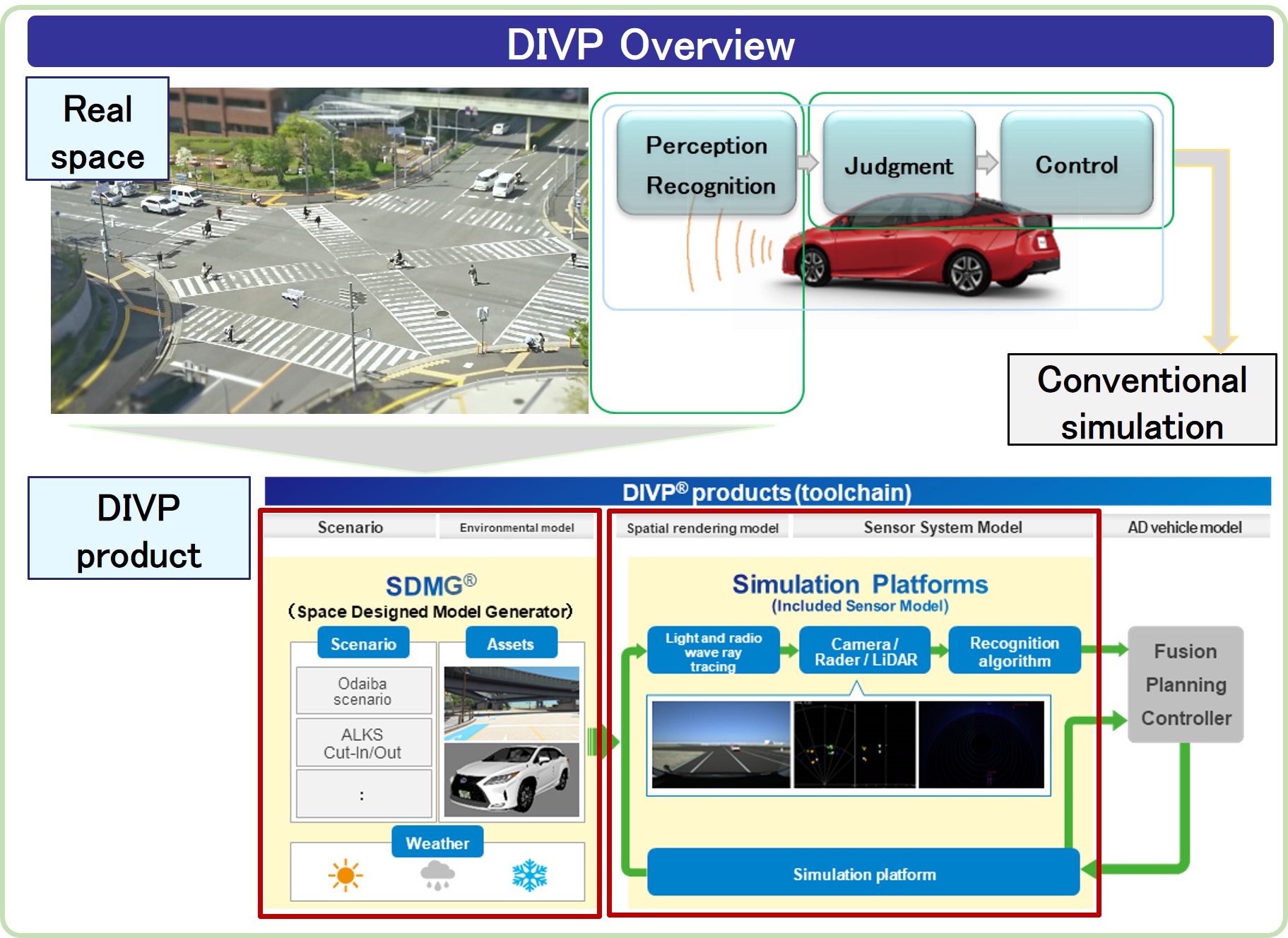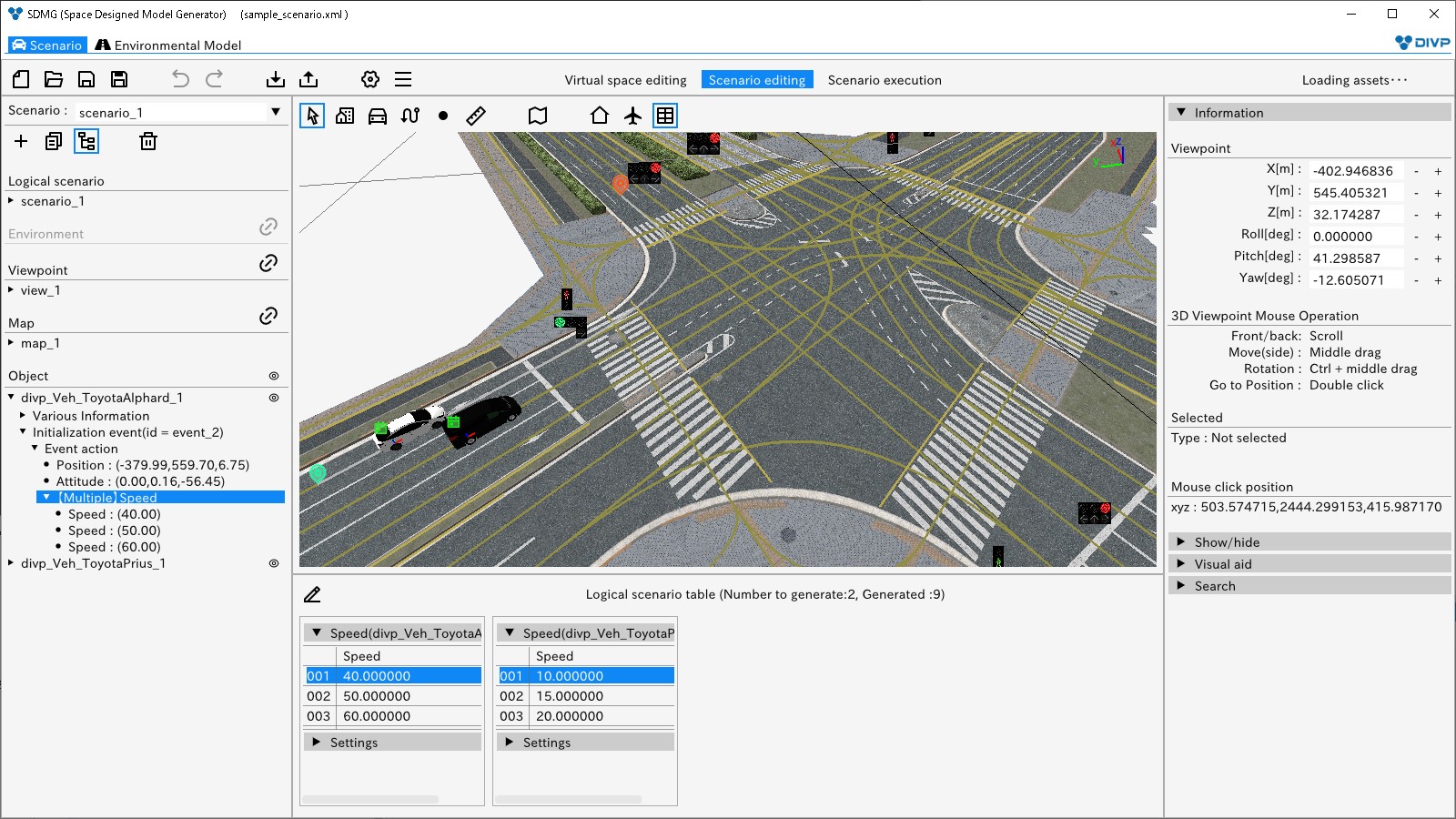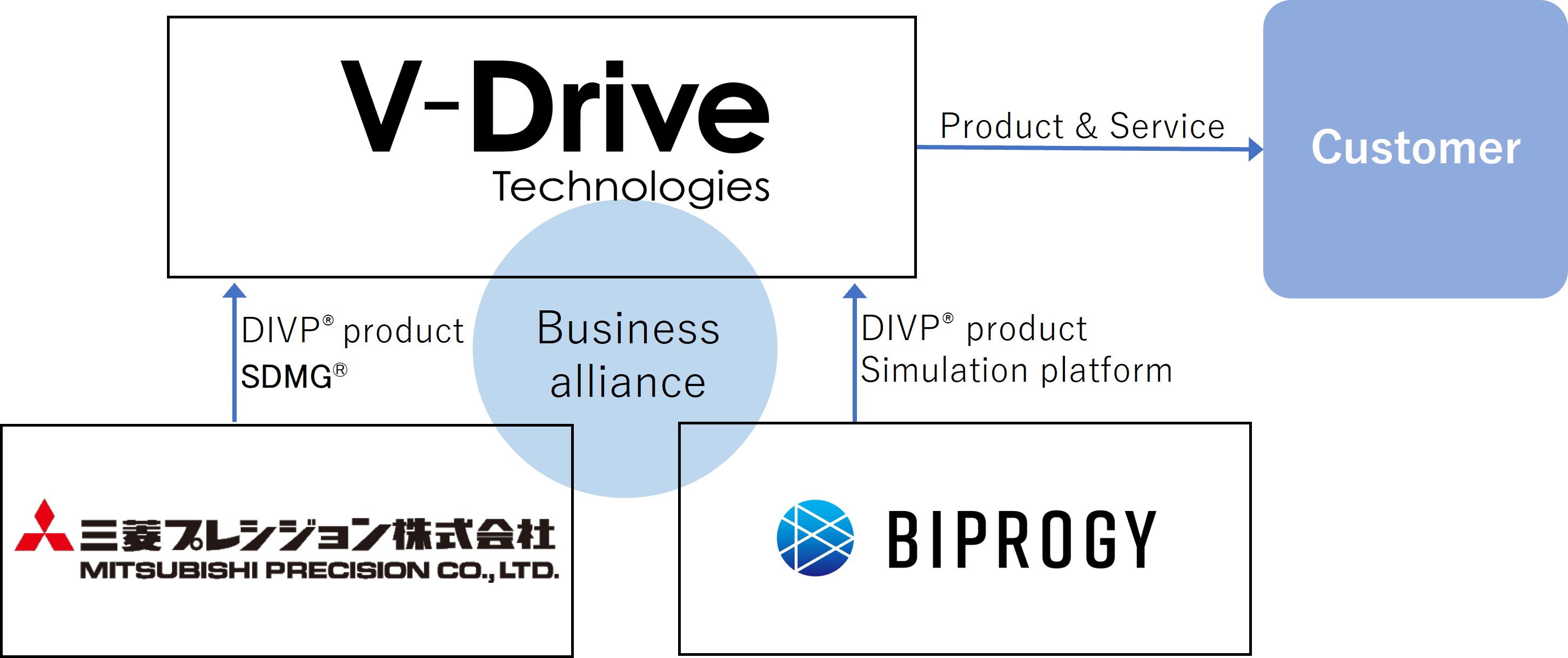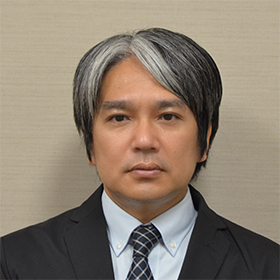2023.07.20

Simulation Technology Enables Validation for Safety Assurance of Autonomous Driving

Safety verification of autonomous driving by recreating real space in the virtual space
Safety verification of autonomous driving by recreating real space in the virtual space
Automobile manufacturers and related industry players around the world are working hard to
develop advanced autonomous vehicle solutions. In Japan, preparatory work is also underway
to realize automated public transportation services. Against this backdrop, it is of
paramount importance to ensure the safety of self-driving systems. Although safety
verification that simulates all possible scenarios is necessary to ensure safe operation,
there are countless situations that are difficult to reproduce, such as collisions and
driving in backlit conditions. It would take a tremendous amount of time and money to
conduct tests using actual vehicles to verify their safety in all of the various scenarios.
The solution is to therefore use virtual space, where various setting can be flexibly
defined and reproduced repeatedly for verification.
From FY 2018 to FY 2022, an industry-university-government project for Phase Two of the
Strategic Innovation Promotion Program (SIP) was conducted under the leadership of the
Cabinet Office of Japan. Mitsubishi Precision participated in the SIP project, which was
titled, “Automated Driving (Expansion of Systems and Services) (Building a safety evaluation
environment in virtual space),” and was aimed at building a Driving Intelligence Validation
Platform (DIVP®) for the creation of a safety evaluation environment in virtual space.
Mitsubishi Precision’s role in the DIVP® endeavor was to develop a program for creating
virtual space driving environment models. Called the Space Designed Model Generator (SDMG®),
the program creates and manages three-dimensional assets (passenger, large-sized and other
types of vehicles as well as humans) and scenarios (that define where to place vehicles and
people in a scene and how they behave) for the DIVP®. The Development Planning Department’s
Kazushi Takeda, who led the development project, recalls the difficulties his team
encountered.

Screenshot of SDMG: This program allows users to place and position roads, traffic signals and buildings in a traffic environment model.
Screenshot of SDMG: This program allows users to place and position roads, traffic signals and buildings in a traffic environment model.
“We believe that the ability to create any kind of traffic environment model and replicate various scenes should greatly reduce validation time and costs,” he says. “However, in order to meet strict safety evaluation criteria, it is necessary to increase the consistency between real phenomena and virtual space simulation. To achieve real-virtual consistency, we conducted a laser measurement of a vehicle and created a model with a margin of error of mere millimeters. To create elaborate models of a proving ground, we drove a mobile mapping system (MMS), a vehicle equipped with three-dimensional laser scanners and digital cameras, around on the actual proving ground. To ensure accurate measurement, we had to determine suitable weather conditions for the MMS to deliver good performance, and it had to handle extremely heavy data loads to ensure quality.”
Continuing the all-Japan initiative to establish a safety evaluation platform for autonomous driving
After much hard work, a program with the highest level of consistency possible was completed and SDMG® was successfully commercialized. In 2022, we formed an alliance with V-Drive Technologies, a new company established by IT service provider BIPROGY. Mitsubishi Precision managed to produce the major accomplishment of launching the sale of the platform as a member of the DIVP® product team.

“We successfully implemented the SIP project and managed to commercialize the DIVP®,” says
Mr. Takeda. “The DIVP® will continue as a project of the Ministry of Economy, Trade and
Industry for another three-year period from 2023 to promote its establishment as a safety
evaluation platform for automated driving through a national effort. Currently, we aim for
the practical use of level 4 autonomous driving, which allows unmanned driving within a
limited area. As safety verification remains indispensable going forward, we will continue
our tireless development efforts with a view to building a more sophisticated safety
evaluation platform for autonomous driving.”
The pandemic and the changes it wrought in our daily lives has reminded many of us of the
importance and joy of unobstructed mobility, both for people and goods. Mitsubishi Precision
is committed to supporting mobility in society with its infinite creativity.
INTERVIEWEE

KAZUSHI TAKEDA
Group Manager, Next-Generation Technology Development Group, Development Planning Department
Mitsubishi Precision Co., Ltd.
Shibaura Crystal Shinagawa 8F, 1-6-41 Konan, Minato-ku, Tokyo
Established in 1962 to engage in the design and manufacture of flight simulators and
navigation systems, Mitsubishi Precision today operates the Simulation Systems,
Navigation and Space Devices and Parking Systems businesses as its core businesses
to contribute to updating infrastructure with a view to achieving a future society
that is safe, secure and comfortable.
DIVP®: A platform for evaluating the safety of autonomous driving systems that uses cameras,
radar and lidar sensors for simulation. It was developed through joint
industry-university-government efforts under the leadership of the Cabinet Office of
Japan.
This platform draws on the achievements of the project commissioned by the New Energy and
Industrial Technology Development Organization (NEDO).
